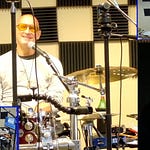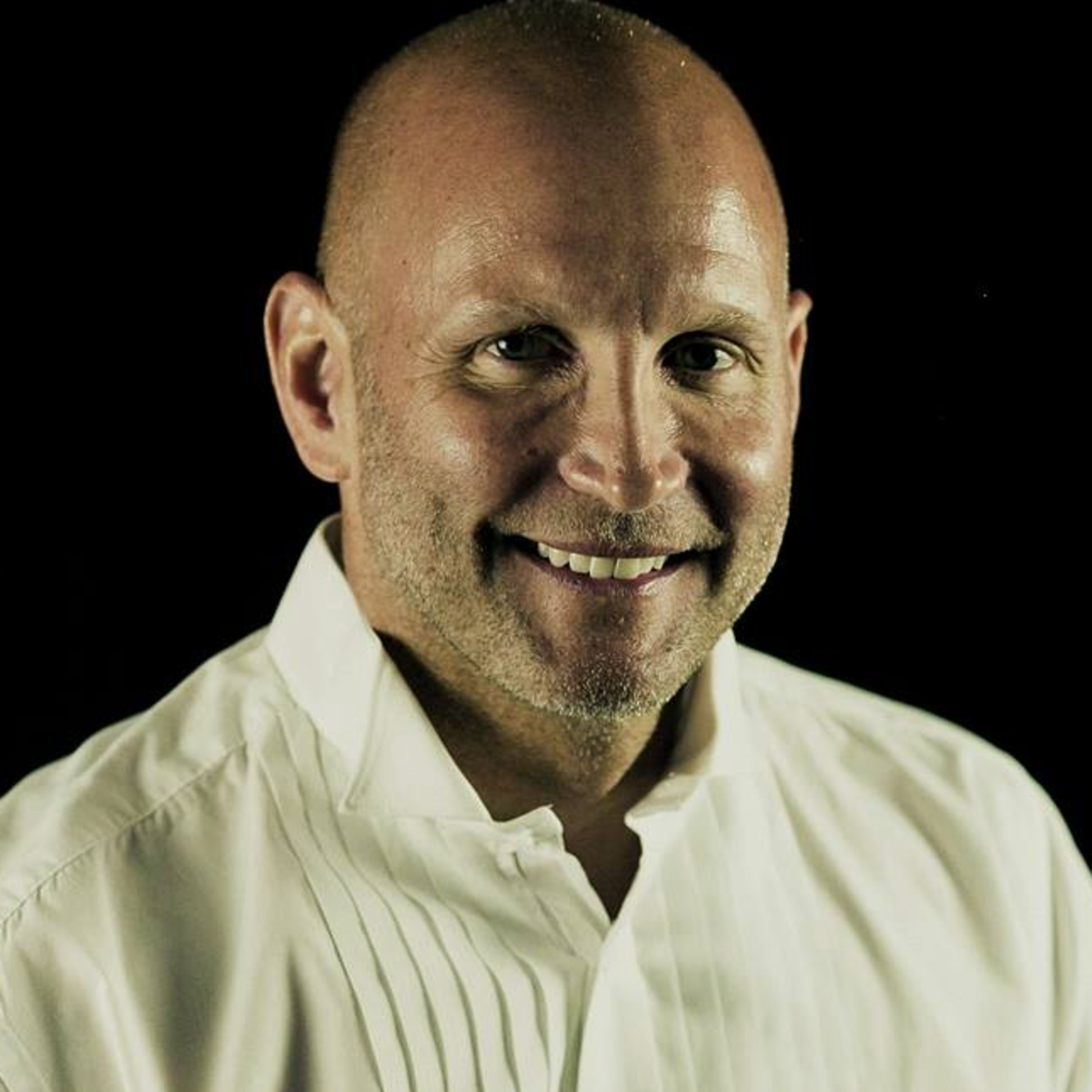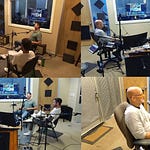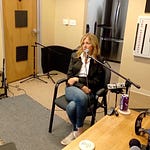This month’s Pulse dives into a conversation that began with a text from Megan Phillips and her colleague Fernanda Campos - two driven biomedical engineers with a knack for strategy, foresight, and asking the right questions. Both joined me for a conversation that evolved from curiosity about entrepreneurship into an engaging, layered dialogue about career design, unmet medical needs, and why mindset and mastery matter most when you're just starting out.
The Engineers in the Arena
Megan and Fernanda are employed biomedical engineers who, prior to joining their company, rotated across R&D, upstream marketing, and manufacturing. With backgrounds in mechanical engineering, real-world clinical exposure, and a hunger to build solutions, they represent the next generation of female founders in medtech and possibly beyond it.
They're tackling the biggest questions:
Should we build in our domain or go broad?
What does validation look like?
How do we balance risk, capital, and personal values?
Where is the real innovation in women's health?
These aren’t just theoretical. They’ve compiled over 100 startup ideas, ranked them, and are narrowing in on their own version of a “biodesign” process—one that lets curiosity lead but strategy constrain.
Lessons from the Field
I shared a bit of my own nonlinear journey—from mass spec and AI at Berkeley to founding a company that's still kicking 20+ years and several economic crises later.
Key advice I gave them (and now, you):
1. Marketing Isn’t Optional
No matter how technical you are, if people don’t hear about it or trust it, it won’t get used. Megan’s curiosity in marketing stood out - most engineers avoid it, but she embraced it, understanding that speaking both engineering and customer is a superpower in today's AI-native world.
2. Start Where You Have Leverage
Don’t ignore your edge. Biomedical engineering may feel narrow, but it's a rare intersection of mechanical intuition, physiological awareness, and problem-solving rigor. Whether you're working on diagnostics or wearables, you’re building for the most complex system known: the human body.
3. Think Consumer First, Physician Last
Medical devices are often bottlenecked by long approval cycles and risk-averse physician buyers. Consumer wearables with medical-grade capabilities—like Oura, Eight Sleep, and Apollo—are stealth medical devices in disguise. That’s where Total Available Market (TAM) explodes and the friction drops.
4. Women’s Health = The Last Frontier
Pap smears, mammograms, and standard screening protocols are overdue for reinvention. We talked openly about how few tools exist for women’s preventive care—and why that’s a fertile space for novel at-home devices, diagnostics, or tracking tools.
Nuggets for Future Founders
Here are some frameworks we unpacked that might be helpful if you're on the cusp of building something yourself:
"Begin with the end in mind": Whether your goal is an exit, a lifestyle business, or a legacy company, define your direction up front.
"Fail fast in your head, not in your bank account": Talk out the idea. Tear it down. Don’t spend a dime before testing the logic.
Leverage what exists: From ChatGPT to Claude to open wearables data—build faster by standing on giants’ shoulders.
Don't take money if you don’t need to: Bootstrap until you’re forced to raise. The longer you own, the stronger your leverage.
Creativity > Credentials: You don’t need to know how to build it yet. AI, freelancers, and friends can help. Just define the vision.
The Power of a Duo
Megan and Fernanda’s chemistry is electric. One’s a planner, the other’s more fluid. One is steeped in execution, the other in ideation. But both are aligned in grit, mutual respect, and a hunger to do work that matters. Their partnership is what most early teams hope to find.
Final Takeaway
Whether you're building a sleep optimization platform, a wearable for at-home gynecological screening, or on a personal project that may represent a seed of an idea that immortalizes memories (i.e., Steve’s recent Toast App), success rarely starts with the perfect product. It starts with curiosity, resilience, and conversations like these—where ideas are sharpened, risks are reframed, and the road ahead gets just a little clearer.
To Megan and Fernanda: You’ve already broken barriers. Keep breaking them—with elegance, execution, and audacity.
For a music clip, we had several shorts from a recent July 3rd “mix on steroids.” I’ll share more in future posts - but this was a fun mix segment with daughter Hannah (Vocals), Laurin (vocals), RickL (vocals), Jesse (Guitar/Vocals), and AlanW (Bass). So fun to have my daughter who never plays with bands kick things off and harmonize with Laurin and Rick on vocals. Way pretty cool that everyone intuitively knew when and how to fade down and launch into the faster-tempo second half. As usual, there is a brief Substack mute for some reason at the beginning.













